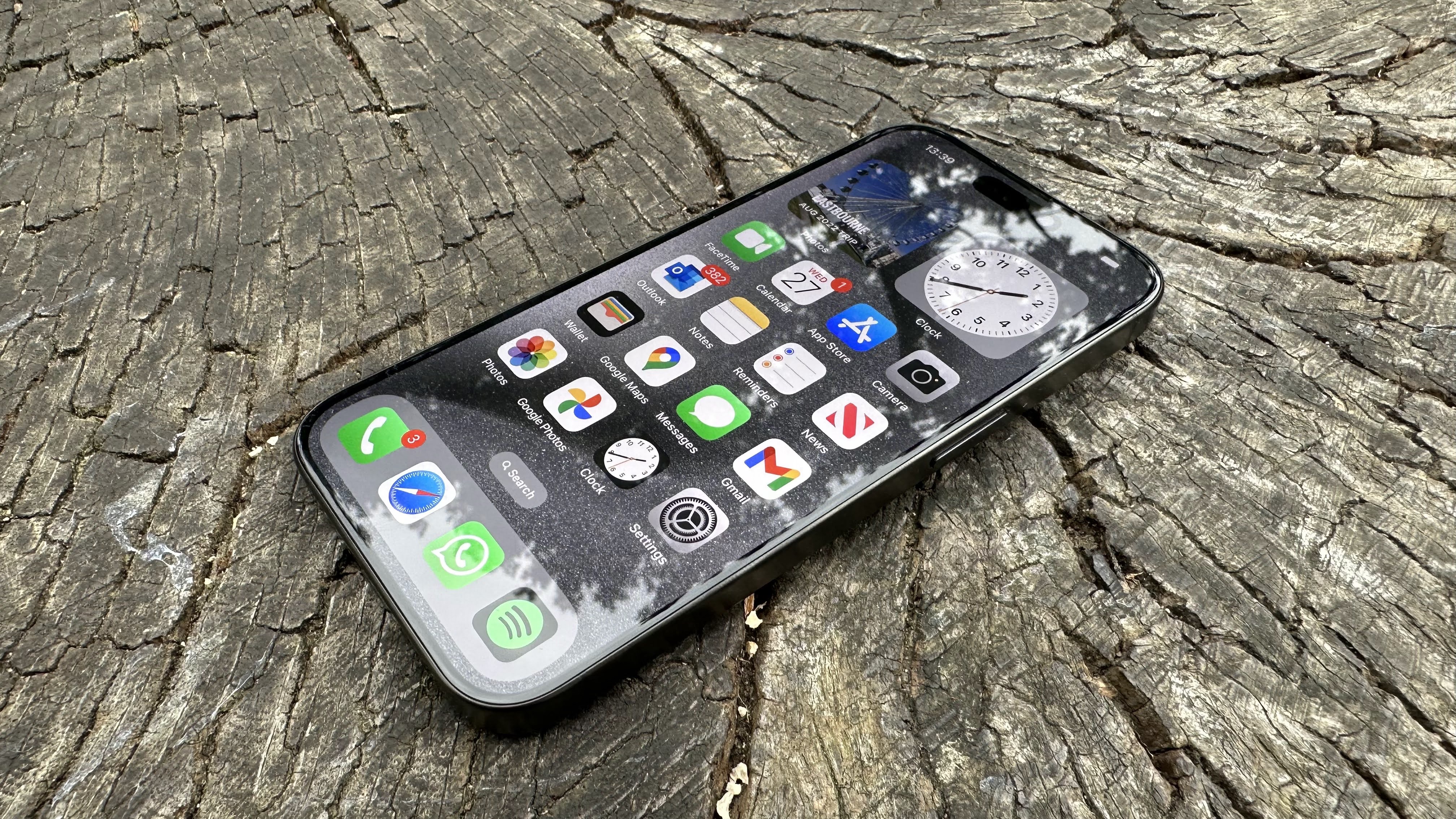
Android users switching from their little green robot to iPhone is nothing new. Perhaps they want a phone that’s more secure, or they got sick and tired of their handsets being left behind for updates — either way, they’ve jumped ship. For a while now, stats around switchers have hovered around the 10-14% mark, but this year we’ve got a bumper crop of previous Android people moving to an Apple device.
CIRP puts that number at 17%, around 7% more than last year. Interestingly, however, the devices that these movers are buying are not the newest iPhone 15 models, but older ones that will, presumably, cost them less.
What about the newest ones?
It’s no great surprise that new buyers wouldn’t necessarily want to go for the more expensive newer models. After all, even the slightly older iPhone 14 will still provide a new experience to those who are used to Google’s OS. iOS will feel different, the device itself will feel different in the hand, and even the apps will be different as they move over. They don’t need to spend loads of money to get a new experience.
Even more interestingly, however, CIRP says that “the consistency and urgency of those upgrading iPhone owners is at an apparent low point.” Given that iPhone 15 sales might not have been as good as Apple might have hoped, and the fact that Android users are buying older models, it means that Apple’s core customer base isn’t upgrading like they once were. These are devices aimed at Apple customers rather than new ones, CIRP says, so the fact they aren’t selling as well means that fewer people are upgrading from their older devices.
Why? That’s anyone's best guess, although there could be some credence behind the idea that 2-year mobile contracts are becoming to blame. Perhaps users are seeing fewer reasons to upgrade to new iterations as they innovate less and less, or maybe they’re just trying to save some money. Either way, the iPhone 16 later this year could well have a tough job on its hands to persuade users to upgrade.






